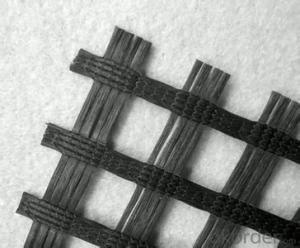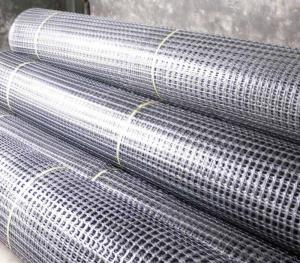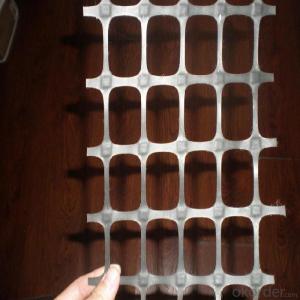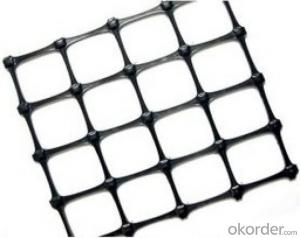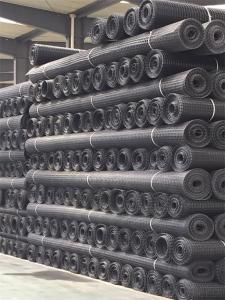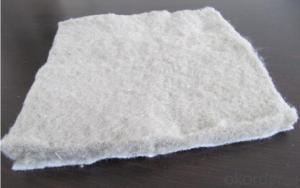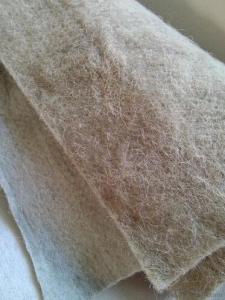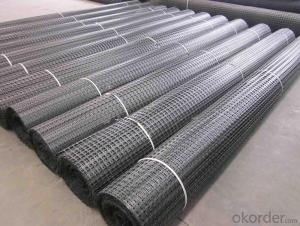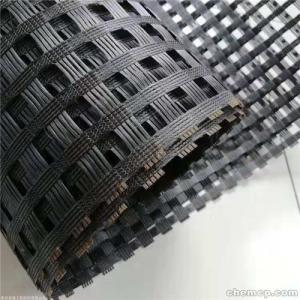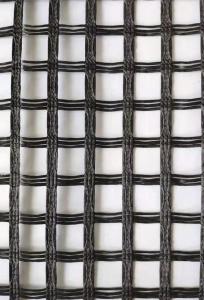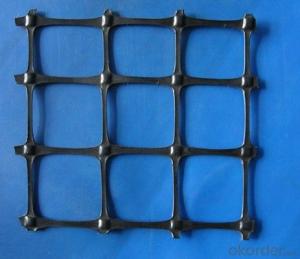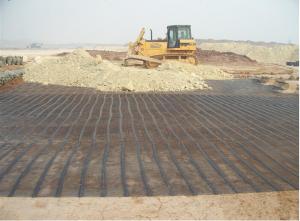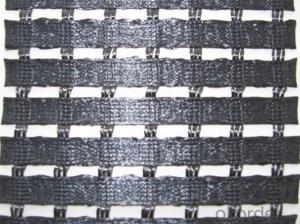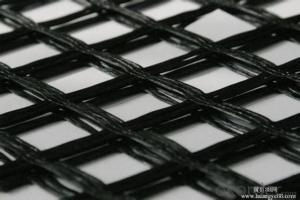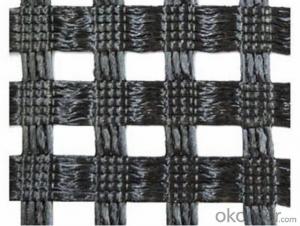Polyester Geogrids for Road Reinforcement
- Loading Port:
- Qingdao
- Payment Terms:
- TT or LC
- Min Order Qty:
- 10000 m²
- Supply Capability:
- 100000 m²/month
OKorder Service Pledge
OKorder Financial Service
You Might Also Like
Polyester Geogrid Introduction
Polyester Geogrid are used in base reinforcement applications such as roads and parking lots. Biaxial geogrids provide good tensile strength in both principle directions. Biaxial geogrids primary functions: reinforcement. Secondary functions: none. Lianyi has many different styles of biaxial geogrids available
Polyester Geogrid Features :
1. Pavement subgrade stabilization
2. Area /Ground stabilization
3. Pavement base reinforcement
4. Working & load transfer platforms
5. Rail Track-bed stabilization
6. Reinforced granular foundation beds
Polyester Geogrid Specification:
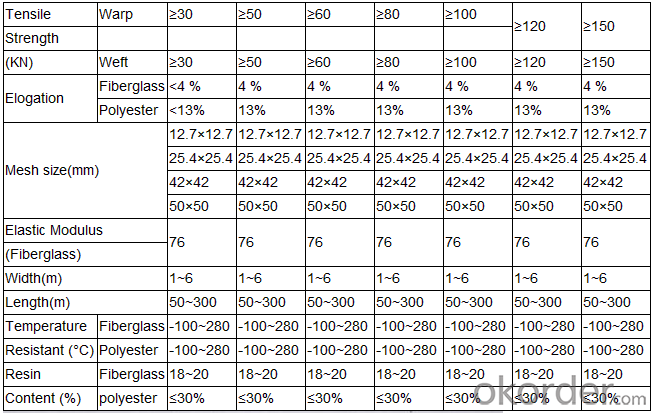
FAQ:
Q: What kind of payments does jenor support?
A: T/T, L/C, Cash are accepted.
Q: Do you charge for the samples?
A: Accordeing to our company policy, the samples are freee, we only charge the freight fee. And we will return the freight fee during the next order.
Q: Can you produce according to customers' design?
A: Sure, we are professional manufacturer, OEM and ODM are both welcome.
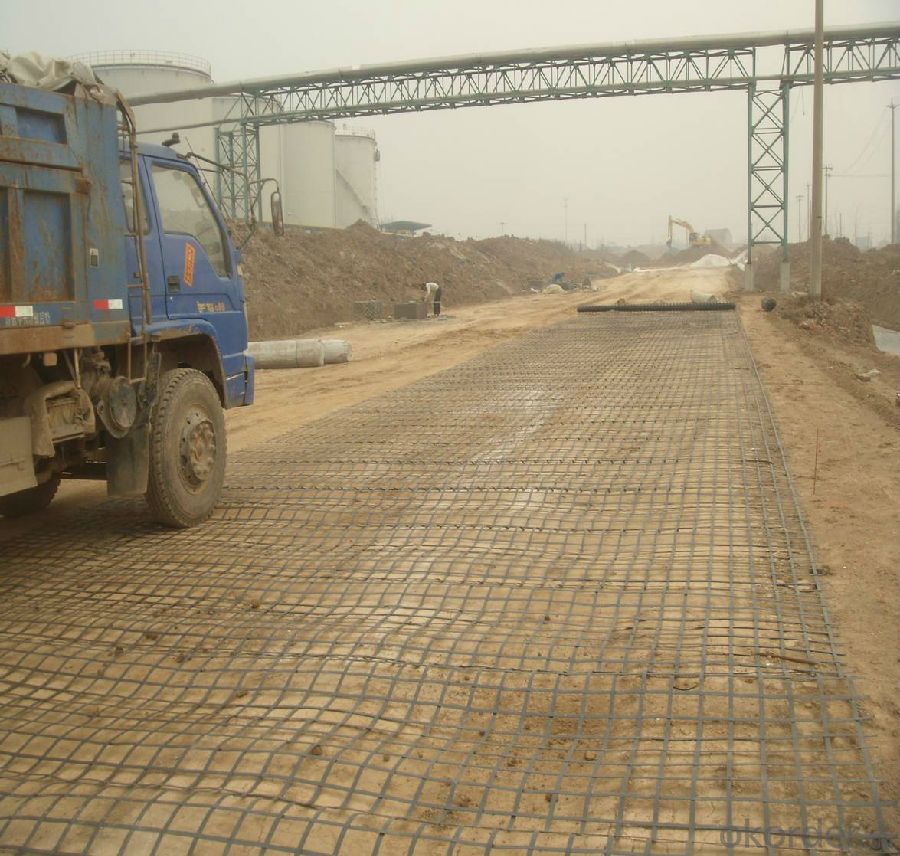
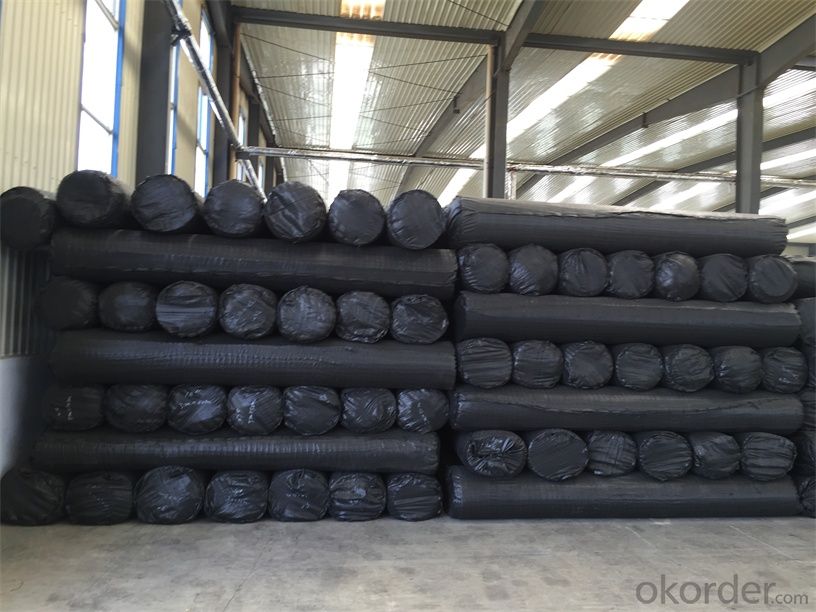
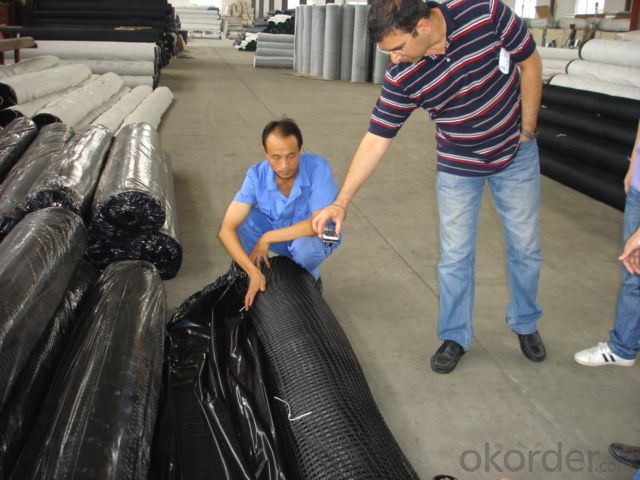
- Q: Glass fiber grille is not geogrid
- Geogrid includes plastic geogrid, steel plastic geogrid, fiberglass geogrid
- Q: Are geogrids suitable for use in permafrost conditions?
- Yes, geogrids are suitable for use in permafrost conditions. Geogrids are made from materials that can withstand extremely cold temperatures and have been designed to provide stability, reinforcement, and prevent soil erosion. They can be an effective solution for reinforcing soils in permafrost areas, helping to mitigate the effects of thawing and preventing ground movement.
- Q: Are geogrids suitable for use in vegetated slopes?
- Yes, geogrids are suitable for use in vegetated slopes. They provide reinforcement and stability to the soil, preventing erosion and slope failure. The geogrids can be integrated with vegetation, allowing plants to grow through the grid and establish a strong root system, further enhancing slope stability.
- Q: Can geogrids be used in retaining walls for industrial facilities?
- Yes, geogrids can be used in retaining walls for industrial facilities. Geogrids are commonly used in the construction of retaining walls to enhance stability, improve soil reinforcement, and provide long-term durability. Industrial facilities often require sturdy and reliable retaining walls to support heavy loads and ensure the safety of the structure. Geogrids offer an effective solution by distributing the forces exerted on the retaining wall and preventing soil erosion, thereby improving the overall performance and longevity of the wall in industrial settings.
- Q: What kind of products are the high strength and high strength micro - pile geocell? Introduce some specific details. Thank you
- The double direction high strength micro pile lattice chamber has a unique welding point strengthening edge structure. The high strength is achieved by strengthening the sheet between the edges.
- Q: Do geogrids enhance the load-bearing capacity of soil?
- Yes, geogrids enhance the load-bearing capacity of soil. Geogrids are typically made of high-strength materials and are designed to improve soil stability and reinforce weak or loose soils. They distribute the applied load over a wider area, reducing stress concentration and preventing soil deformation or failure. This reinforcement helps increase the load-bearing capacity of the soil, making it more suitable for various construction and engineering applications.
- Q: Are geogrids resistant to temperature variations?
- Yes, geogrids are generally resistant to temperature variations. They are designed to withstand a wide range of temperatures, from extreme cold to intense heat, without significant degradation or loss of performance. This makes them suitable for various applications in different climate conditions.
- Q: What are the differences between geogrids and geocells?
- Geogrids and geocells are both materials used for soil reinforcement and stabilization, but they have distinct differences. Geogrids are typically made of high-strength synthetic materials such as polyester or polypropylene, and they are formed into a grid-like structure. They provide tensile strength to soil, preventing lateral movement and improving load distribution. On the other hand, geocells are three-dimensional cellular structures made from materials like high-density polyethylene. They create a honeycomb-like network that confines soil particles, preventing erosion and promoting load-bearing capacity. While geogrids are commonly used for soil stabilization in applications like road construction, geocells are often employed for erosion control and slope stabilization.
- Q: How do geogrids help in reducing the need for excavation and grading?
- Geogrids help in reducing the need for excavation and grading by providing structural support and reinforcement to the soil. They distribute the load more evenly, preventing soil movement and settling. This reduces the need for extensive excavation and grading, as the geogrids help stabilize the soil, allowing for the construction of roads, slopes, and retaining walls with minimal earthwork.
- Q: Can geogrids be used in reinforced earth bridge abutments?
- Yes, geogrids can be used in reinforced earth bridge abutments. Geogrids are commonly used in reinforced earth structures as they provide soil reinforcement and improve the stability and strength of the structure. In the case of bridge abutments, geogrids can be used to reinforce the soil backfill behind the abutment walls, enhancing its load-bearing capacity and reducing the potential for settlement or failure.
Send your message to us
Polyester Geogrids for Road Reinforcement
- Loading Port:
- Qingdao
- Payment Terms:
- TT or LC
- Min Order Qty:
- 10000 m²
- Supply Capability:
- 100000 m²/month
OKorder Service Pledge
OKorder Financial Service
Similar products
Hot products
Hot Searches
Related keywords
